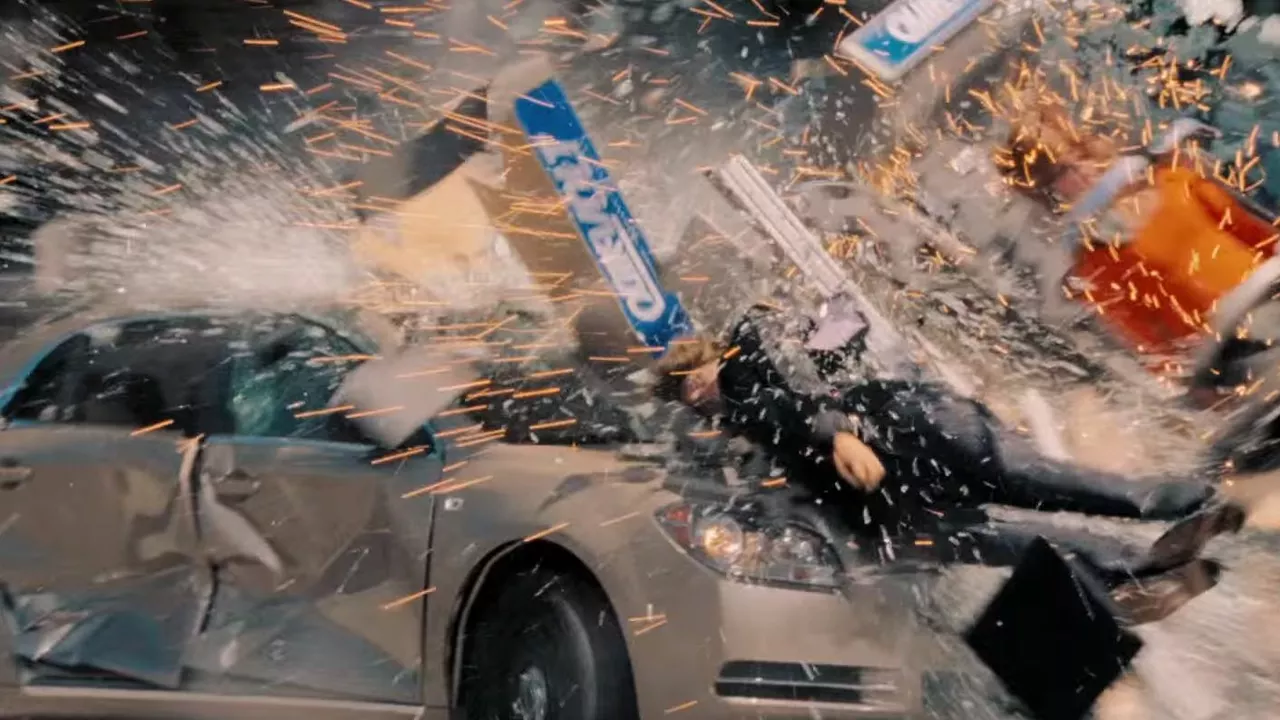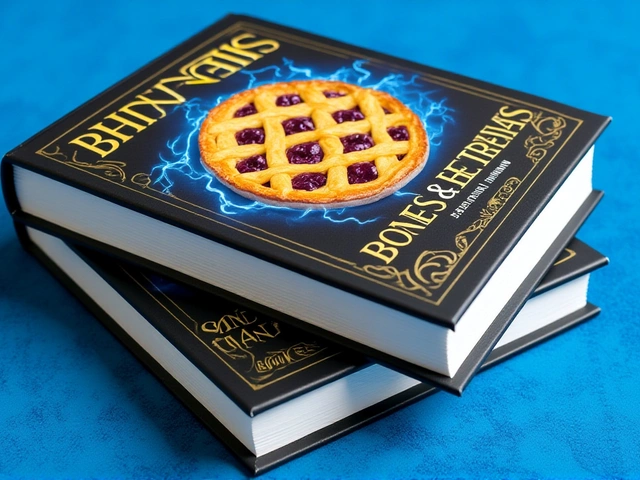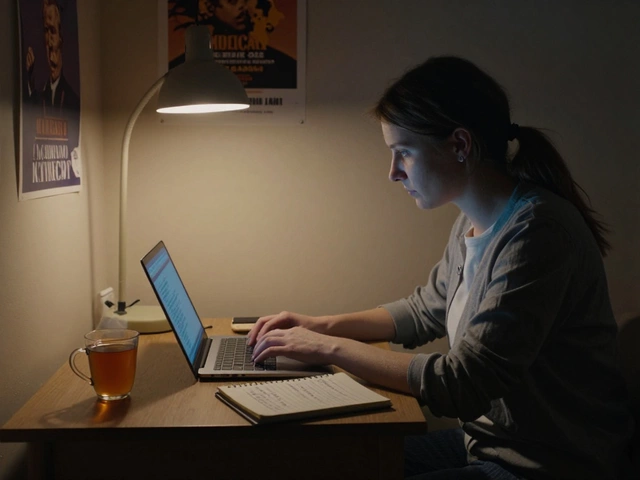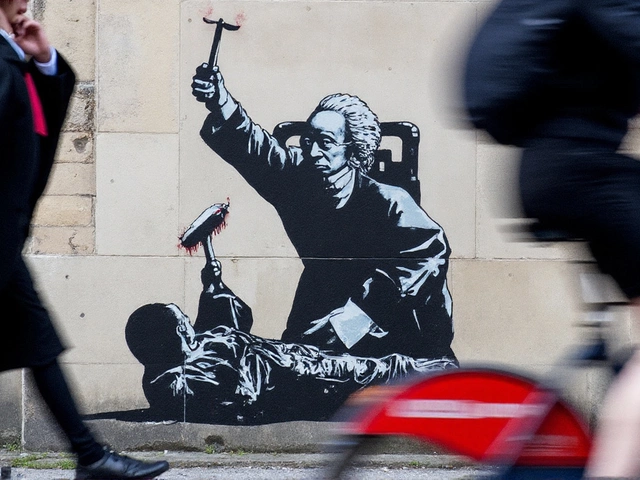Movie Crashes: Why They Thrill and How They're Made
If you’ve ever felt your heart jump during a high‑speed chase, you know the power of a good movie crash. Those moments are more than just metal flying—it’s a mix of story, skill, and safety that pulls you right into the action. In this guide we’ll break down what makes a crash unforgettable, how crews pull it off, and which films you should re‑watch for the best smash‑ups.
The Art Behind the Smash
Stunt coordinators start with a clear purpose. A crash can reveal a character’s desperation, raise the stakes, or simply give the audience a visual payoff. Once the goal is set, they choose the method: real‑world stunt driving, controlled explosions, or CGI.
Real stunts need a specially prepared vehicle, reinforced frame, and a safety crew that monitors every angle. Drivers practice the exact path dozens of times, using markers on the road to hit the right spot. When a car is meant to flip, a roll cage and hydraulic rigs keep the driver inside a protected space.
Explosives add drama but require a certified pyrotechnician. The charge is timed to the car’s impact so the blast looks natural without endangering the crew. If the budget can’t afford a real wreck, VFX artists layer CGI on top of a simple wrecked prop, matching lighting and debris to blend seamlessly.
Famous Movie Crashes You Can’t Miss
Some crashes have become cultural touchstones. The 1976 "Taxi Driver" showdown on the rain‑slick bridge still feels raw because it used a real car and real danger. "The Fast and the Furious" franchise raised the bar with a 2013 split‑screen wall‑crawling stunt that combined real driving and digital enhancement.
For a classic throwback, check out the 1981 "The Cannonball Run" scene where the race cars barrel through a grocery store. The chaos feels spontaneous, but it was choreographed with multiple cameras and a crash‑test dummy rig to protect the actors.
More recent hits like "Mad Max: Fury Road" turned the whole desert into a moving set. Every crash involved custom‑built, heavily armored vehicles that could survive multiple blows while still looking battered. The result is a nonstop visual feast that feels both gritty and controlled.
Want to spot the difference between real and digital? Look for subtle cues: real crashes have uneven debris, tire tracks that don’t line up perfectly, and drivers whose eyes stay focused. CGI tends to smooth out those imperfections, giving a cleaner—sometimes too perfect—look.
Whether you’re a casual viewer or an aspiring stunt enthusiast, knowing the behind‑the‑scenes work adds a layer of appreciation. Next time a car spins off the road on screen, you’ll recognize the blend of engineering, daring, and art that made the moment happen.

Are high end cars really destroyed in movie crashes?
Alright, buckle up, folks! We're about to tackle the burning question - do filmmakers really destroy high-end cars in movie crashes? I mean, we've all gasped at those intense, metal-crunching scenes. So, here's the spoiler alert - not every shiny, pricey ride faces a fiery doom. Yep, a lot of times, they use replicas or CGI to create those heart-stopping moments. So, rest easy, car lovers, that Lamborghini you cried over probably spent the whole scene safe and sound in a garage!
Categories
- Art & Culture News (5)
- Sports News & Analysis (4)
- Financial Markets & IPOs (3)
- Automotive Industry News and Analysis (2)
- Automotive Maintenance & Repair (1)
- Automotive News & Reviews (1)
- Film and Television Trivia (1)
- Sports (1)
- Science (1)
- Technology (1)
Popular Articles


